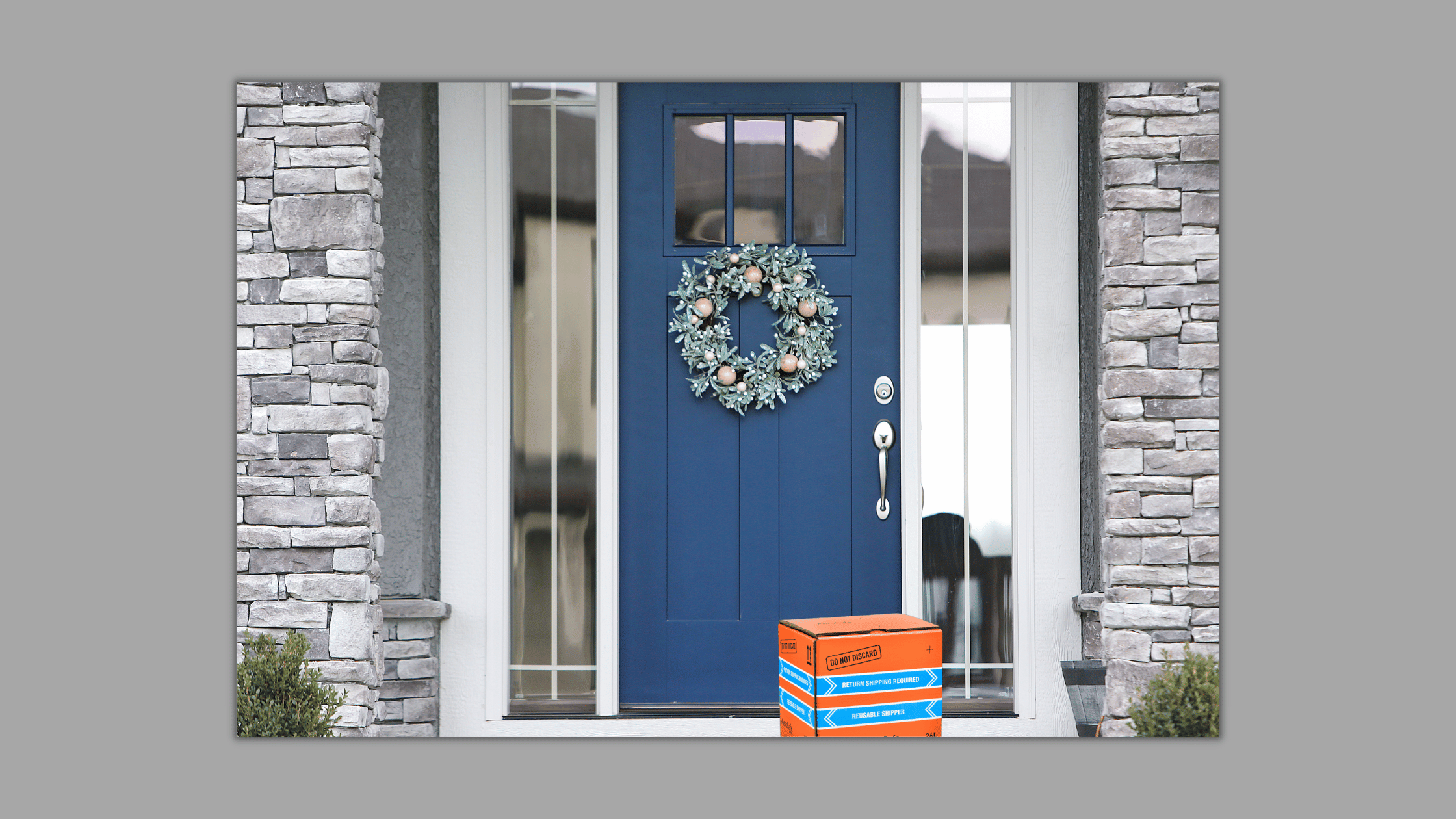Innovation Helps Mitigate Safety Risks for “Mail Order” Medicines
Over the past twenty years, several simultaneous trends have accelerated the adoption and acceptance of mail-order pharmacy operations. Widespread high-speed internet availability, the closure of brick-and-mortar pharmacies, increasing prevalence of chronic illness, cost-cutting measures for prescription drugs, and most recently, the COVID pandemic, are forces that have combined, enabling millions of Americans to receive medications via delivery personnel, as opposed to pharmacists.
The greatest benefit of this paradigm shift is in the form of convenience. In-person pick up of prescription medicine for acute illness, such as an infection, is still common practice given the urgency to start a short-term course of antibiotics. However, when it comes to chronic conditions, such as diabetes or asthma, mail-based distribution of therapies to patient homes generally offers high consistency and reliability over months and years.
Taking Control of the Uncontrollable
Risk enters this picture when shipped medications require temperature control to maintain their mechanisms of action. Regulatory agencies and governing bodies, such as the Food and Drug Administration (FDA), World Health Organization (WHO), and United States Pharmacopeia (USP), have established general guidelines for the safe handling and storage of temperature-sensitive medications. Despite the best intentions around getting common cold chain therapies, including insulin, inhalers, and biologics, to patient homes promptly, seemingly uncontrollable factors can create delivery delays. These most notably include extreme weather events, driver error, and miscommunication.
When it comes to mitigating these types of risks, as the saying goes, “the best offense is a good defense.” There are several innovations introduced in recent times that protect the effectiveness and value of prescription medicines, even in the face of transportation delays or hot cargo areas. Lightweight thermal packaging, temperature monitors, and alert systems all play an important role in protecting sensitive medicines when en route to patient homes.
As each of these innovations gains traction in the modern-day last-mile delivery process, patients benefit. From offering reassurance that a medicine stayed within a safe temperature range during its journey to triggering automated alerts if it didn’t, the emergence of these capabilities has been a boon for patient safety. A person who is dependent on prescription therapies doesn’t have the luxury of going without a dose or waiting on a re-delivery so often blind faith takes over even when a package may feel warm to the touch or has been sitting on a frozen porch for hours. Either of these scenarios can negatively affect the effectiveness of a medication. This may be subtle and lead to the patient seeking care with the root cause being difficult for a physician to identify.
Moving From General Recommendations To Specific Requirements
To further reduce the incidence of patients ingesting medicines adulterated by temperature excursions, some US states have decided to act. Georgia was one of the first states to pass legislation around requirements for the safe handling of temperature-sensitive medicines nearly ten years ago. In late 2022, Oklahoma took up legislation to tighten safety standards in this arena. The Oklahoma State Pharmacy Board drafted regulations that, if passed, will require mail-order pharmacies to firstly use qualified temperature-controlled shipping containers to ensure drug stability and potency over the duration of the shipping process.
As a secondary safeguard, the proposed Oklahoma regulations will require that patients are notified of the incoming shipment. Finally, the rule stipulates controls for the environment of the delivery vehicle, namely, that when it is possible to manage the temperature in the cargo area, it is set to the optimal range to keep the medicine protected. These proposed standards came about after a task force was convened to study real-world experiences of medications during the transit process. Shipments were outfitted with loggers that recorded ambient temperatures every five minutes. The results of the study were unsettling: more than 80% of the packages recorded extreme temperature events while being transported.
Lawmakers in Oklahoma will look to vote on these safeguards during the 2023 legislative season. If passed, these provisions will greatly expand upon the current set of USP standards many states operate under which only require that stakeholders (manufacturers, distributors, pharmacies) have temperature “risk and mitigation strategies” around the handling of drug products.
Only time will tell if the proposed changes will go into effect in Oklahoma but one thing is for certain, there is an increased awareness of the impact temperature events can have on medicines that many individuals rely on for their continued well-being. The silver lining to all of this is that continued innovation and technology refinement is giving distributors more options than ever by way of smarter, cheaper devices and lightweight yet thermally robust packaging material that is reusable by design for maximal ROI.
